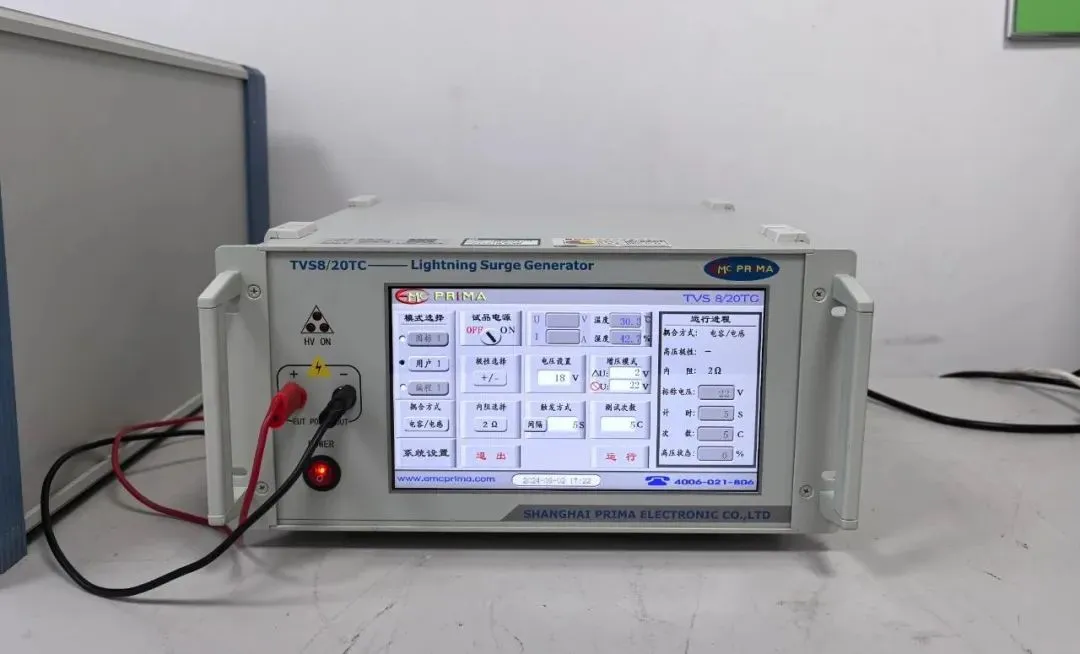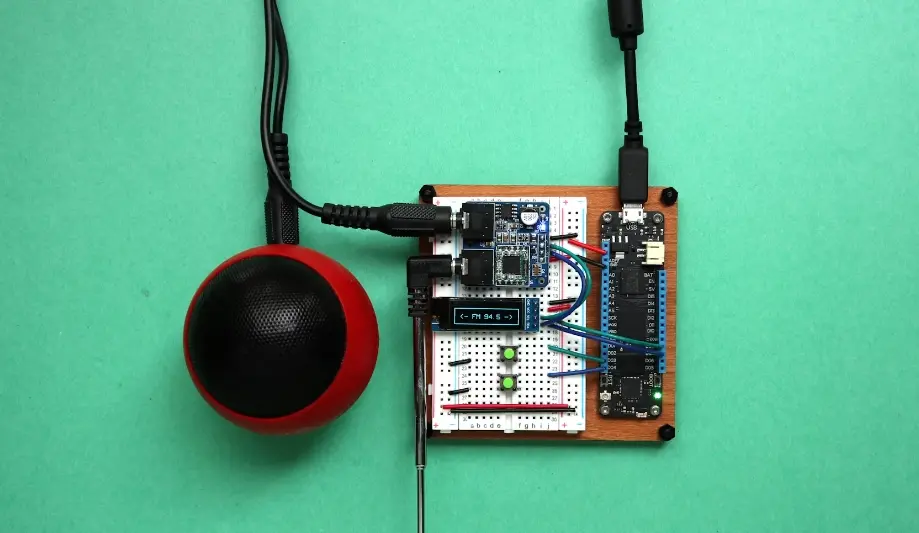
EN50332 Audio Sound Pressure Testing
It is well known that listening to music at high volumes for extended periods can cause damage to the ears. The EN50332 standard was established to prevent such harm. EN50332 specifies the testing of sound pressure levels, output voltage, and audio stability for portable audio devices. The scope of the testing covers all portable audio equipment with built-in headphones or headphone jacks, as well as standalone headphone products — all of which must undergo EN50332 testing.
EN50332 Test Categories
EN50332 is divided into two parts:
1. EN50332-1: Whole device sound pressure testing
2. EN50332-2, which itself includes:
a. EN50332-2-1: Player output voltage testing
b. EN50332-2-2: Headphone wide band characteristic voltage (WBCV) testing
EN50332-1 includes the measurement of maximum sound pressure level, focusing on the performance of the player and headphone when used together. EN50332-2 consists of two tests: maximum output voltage for the player, and wide band characteristic voltage for the headphones.
The standard requires that the maximum sound pressure level measurement be repeated five times, with the headphones removed and refitted each time. The average of these five measurements is the final test resULt. The maximum sound pressure level must not exceed 100 dB.
1. Maximum Output Voltage (MOV): This is the unweighted RMS value of the electrical signal at the player’s headphone output loaded with 32 ohms, averaged over a period longer than 30 seconds. The maximum output voltage must not exceed 150 mV.
2. Wide Band Characteristic Voltage (WBCV): This is the input voltage when the sound pressure level at the artificial ear REACHes 94 dB. The WBCV must not be lower than 75 mV.
EN50332 Test Requirements
1. Testing must be conducted in an anechoic chamber (silent room) to avoid interference from environmental noise. The headphones should be mounted on a standard artificial ear equipped with a MICrophone to capture the sound emitted by the headphones. An audio analyzer is used to record and analyze the maximum sound pressure level (LAeq) across all audio frequencies. The standard test signal source is IEC 60268-1.
2. The signal strength for the audio source should be:
a. –10 dBfor digital signals (CD, DVD, MP3)
b. –6 dBfor analog cassette signals
For FM radios, a –6 dB carrier signal must be transmitted via an antenna for reception. The volume control of the audio product should be set to maximum volume, and the measurement must be taken five times. The final result is the average of these five measurements.
Email:hello@jjrlab.com
Write your message here and send it to us
 Canadian Rug Flammability Testing
Canadian Rug Flammability Testing
 Toy Flammability Test Compliance Certification
Toy Flammability Test Compliance Certification
 ISO 17025 Accredited Test Laboratory
ISO 17025 Accredited Test Laboratory
 What is Amazon California Proposition 65?
What is Amazon California Proposition 65?
 New METI Registration Regulations in Japan
New METI Registration Regulations in Japan
 Attention for Amazon Japan Sellers: New PSE Regula
Attention for Amazon Japan Sellers: New PSE Regula
 Compliance with Japanese Representative & METI
Compliance with Japanese Representative & METI
 ZigBee-LoRa-Z-Wave Product compliance testing
ZigBee-LoRa-Z-Wave Product compliance testing
Leave us a message
24-hour online customer service at any time to respond, so that you worry!




